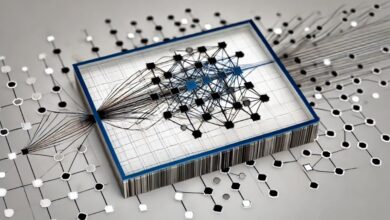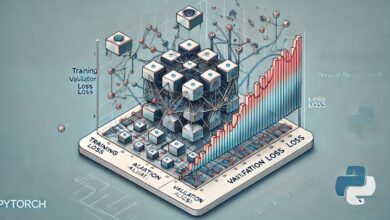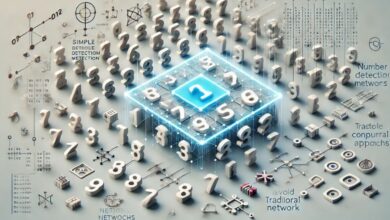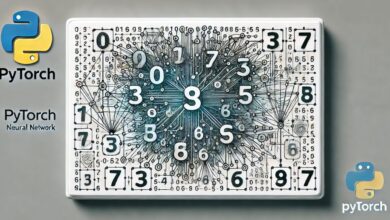The Rise of Digital Twin Food: A Technological Revolution in the Food Industry
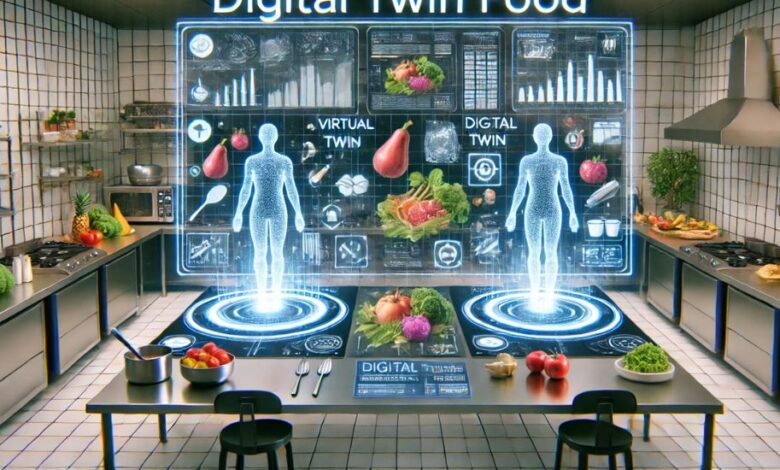
In today’s rapidly evolving technological landscape, innovations are transforming every aspect of our lives. One such revolution is occurring within the food industry: the advent of “digital twin food.” This concept leverages cutting-edge technology to create virtual representations of real-world food items, allowing for detailed tracking, analysis, and optimization of everything from production to consumption. The potential applications are vast, touching on areas like food safety, sustainability, and personalized nutrition.
USA Magzines is here to explore what exactly “digital twin food” is, how it works, and why it could reshape the future of food. From the virtual mirroring of your dinner plate to ensuring food safety at a global scale, this topic holds immense potential for a smarter, more efficient world of eating.
What is Digital Twin Food?
At its core, “digital twin food” refers to a digital counterpart of a physical food product. This virtual model replicates all the characteristics of the food, including its ingredients, nutritional information, physical properties, and even its journey from farm to table. Using advanced technologies like IoT (Internet of Things), artificial intelligence, and sensors, the physical food item is continuously monitored, with real-time data feeding into its digital twin.
This system allows for an unprecedented level of insight into the entire lifecycle of the food product. For example, a “digital twin” can reveal how a food item responds to different environmental conditions, such as temperature changes or humidity, ensuring optimal freshness and quality control throughout its distribution.
How Digital Twin Food is Created
Creating a “digital twin food” involves gathering data from various stages of the food’s lifecycle. Sensors are often used to capture details such as temperature, moisture levels, and packaging conditions. This data is then fed into a virtual model, using AI and machine learning algorithms to simulate how the food will behave over time.
The concept has already been successfully implemented in industries like manufacturing and healthcare, and now the food industry is seeing the benefits. In the case of digital twin food, real-world data might include soil quality at a farm, storage conditions during transportation, and even the nutritional composition of food during processing.
Using such technology, companies can predict the shelf life of products, ensure they remain safe for consumption, and even identify opportunities to improve sustainability by reducing waste. For consumers, this technology opens the door to personalized nutrition and tailored food experiences.
Applications of Digital Twin Food in the Food Industry
The possibilities with “digital twin food” are vast and varied. Here are some of the most promising applications:
1. Food Safety and Quality Control
Ensuring food safety has always been a top priority for the food industry, but “digital twin food” takes this a step further. By continuously monitoring food conditions and generating real-time data, producers can spot issues before they arise, preventing foodborne illnesses and contamination. For instance, digital twins can predict when food may spoil, allowing for more precise management of expiration dates.
2. Supply Chain Optimization
With “digital twin food,” every step of the supply chain is transparent and connected. Producers can optimize how food is grown, harvested, and transported, ensuring maximum efficiency and sustainability. Farmers can monitor their crops in real-time, while logistics companies can adjust routes based on up-to-the-minute weather data, all thanks to digital twins.
3. Personalized Nutrition
As “digital twin food” technology evolves, consumers can have highly personalized food experiences. Imagine a world where your digital twin can recommend the perfect meal based on your unique dietary needs, health goals, and even current health conditions. USA Magzines notes that this could revolutionize how people think about dieting and health management, making nutrition more individualized and data-driven.
4. Sustainability and Waste Reduction
Food waste is a critical global issue. “Digital twin food” technology can help minimize waste by predicting spoilage and optimizing supply chain management. By better understanding how food behaves in different conditions, businesses can ensure they aren’t overproducing or mismanaging inventory. This would lead to less waste and more sustainable food practices.
The Role of Artificial Intelligence in Digital Twin Food
Artificial intelligence (AI) plays a crucial role in the development of “digital twin food.” By processing vast amounts of data, AI can identify patterns and make predictions that would be impossible for humans to do manually. AI algorithms can learn from the data collected by sensors and provide insights that allow for better decision-making at every stage of food production and consumption.
AI enables digital twins to continuously update and refine themselves, becoming more accurate and reflective of real-world conditions over time. Whether it’s improving food safety protocols, fine-tuning personalized nutrition plans, or helping companies meet sustainability goals, AI is the backbone that powers this innovation.
Challenges and Future of Digital Twin Food
While “digital twin food” holds immense promise, it is not without its challenges. The implementation of this technology requires significant investment in infrastructure, data collection, and analysis. Furthermore, the accuracy of digital twins depends on the quality of the data they receive. Poor data can lead to incorrect predictions or suboptimal decisions.
Another challenge lies in consumer acceptance. Many people may feel uneasy about the idea of their food being monitored so closely, especially when it comes to personal data. Ensuring that data privacy is protected will be crucial for gaining consumer trust in digital twin food.
Despite these challenges, the future looks bright for digital twin food technology. As more companies and governments recognize the benefits, we can expect to see wider adoption across the food industry. In the coming years, USA Magzines predicts that this technology will become integral to the way we produce, distribute, and consume food.
The Benefits of Digital Twin Food for Consumers
The shift toward “digital twin food” isn’t just beneficial for businesses—it also offers significant advantages for consumers. One of the key benefits is increased transparency. With a digital twin, consumers can track the origin of their food, understand its nutritional content, and ensure it meets their dietary preferences. For individuals with specific health needs, like those managing diabetes or food allergies, this level of detail could be life-changing.
Moreover, digital twins can help combat food fraud by verifying the authenticity of products. Consumers will be able to trace the full journey of their food, ensuring that it was produced sustainably and safely.
Conclusion
The concept of “digital twin food” is poised to revolutionize the way we interact with food, from farm to table. By combining the power of AI, IoT, and real-time data, this technology can optimize every stage of the food production process while offering consumers unparalleled insights into what they eat. The promise of digital twin food is a more sustainable, efficient, and personalized food experience for all.
As USA Magzines highlights, the future of food lies in digital transformation, and “digital twin food” is at the forefront of this evolution. The benefits, from food safety to personalized nutrition, are vast, and the challenges are worth tackling to ensure a more efficient and sustainable food system.

